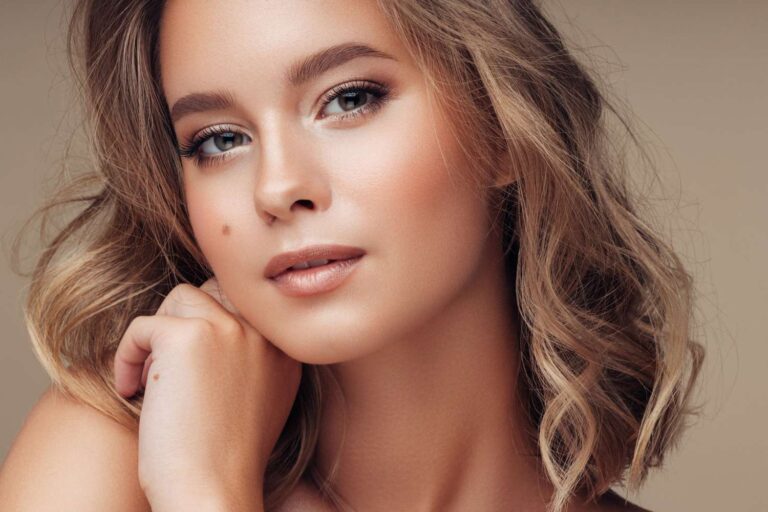From sunflower blonde to platinum strands, there’s no shortage of blonde variations to choose from. Those looking for a more natural, “lively” and effortless look may want to consider dishwater blonde. This one is actually quite beautiful despite its not-so-appealing name. Plus, you get a low-key, easy blonde that’s easy to maintain, versatile, and classic yet contemporary.
What is Dishwater Blonde?
According to celebrity stylist and WEN founder Chaz Dean, dishwater blonde is a medium-dark blonde hair color with a cool vibe. This is a variation of dirty blonde, where the ends are pulled and lightened by exposure to natural UV rays.
“This trend is becoming more popular because it’s easier to maintain than light blonde or lighter blonde tones, which can easily regrow,” says Dean. “It’s also a way to subtly add depth during the cooler months, rather than diving completely into brunette tones when you want to brighten up during the summer. This one takes a while to ramp up.”
Who looks best in dishwater blonde?
It comes in a wide variety of colors and can be adjusted to suit your skin tone. It’s a great option for blondes who want a more hassle-free, low-maintenance shade, and can also be used by brunettes who want to lighten gradually.
When you go to the salon, Dean says, “Ask your stylist for a natural ash, darker blonde shade that’s on the border between blonde and light brown.”
If you don’t want your hair color to be too cool, you can always ask your stylist to incorporate warmer tones for a more neutral finish rather than an ash tone.
How to maintain dish blonde hair
The beauty of dish blonde hair is that it’s relatively easy to maintain. Dean says root touch-ups can be scheduled every eight to 10 weeks, depending on the root. Also, if you choose balayage or root smudge, you may need less as these techniques aid in growth.
The biggest problem you can run into with dish blonde, and it applies to all blondes, is the brassiness that develops over time. This is a light yellowing of the hair. To combat this, Dean says consider using a purple shampoo to neutralize the yellow tint or using a cool-toned toner at home or in the salon. It’s also helpful to use a cleansing shampoo every 1-2 weeks, as mineral build-up in your hair can cause it to turn brassy.
Apart from that, be sure to deep condition your hair once a week and be careful with heat styling, as bleaching can damage your hair.

